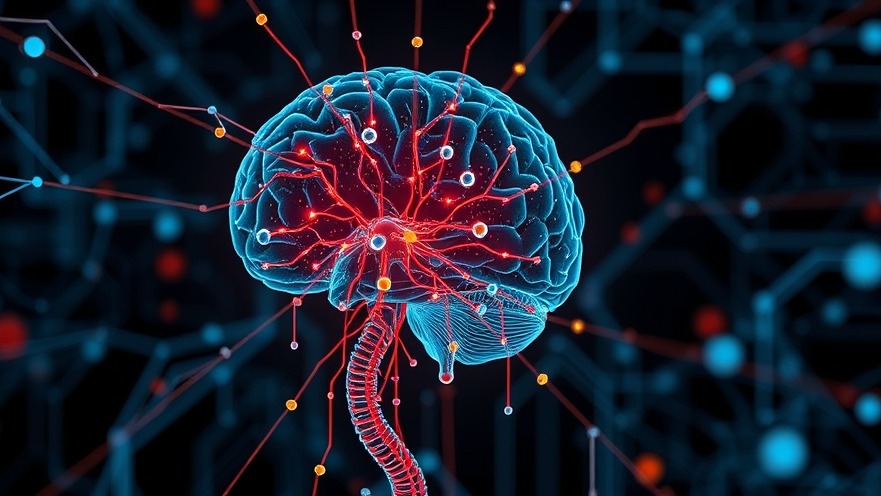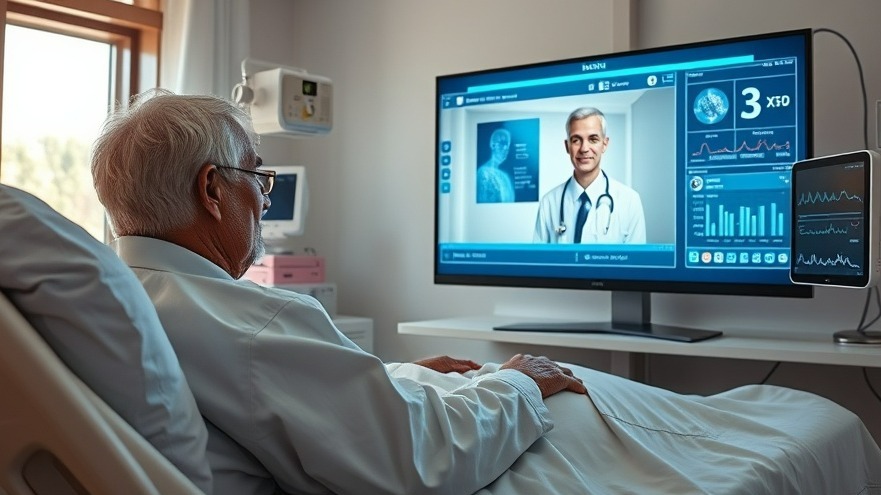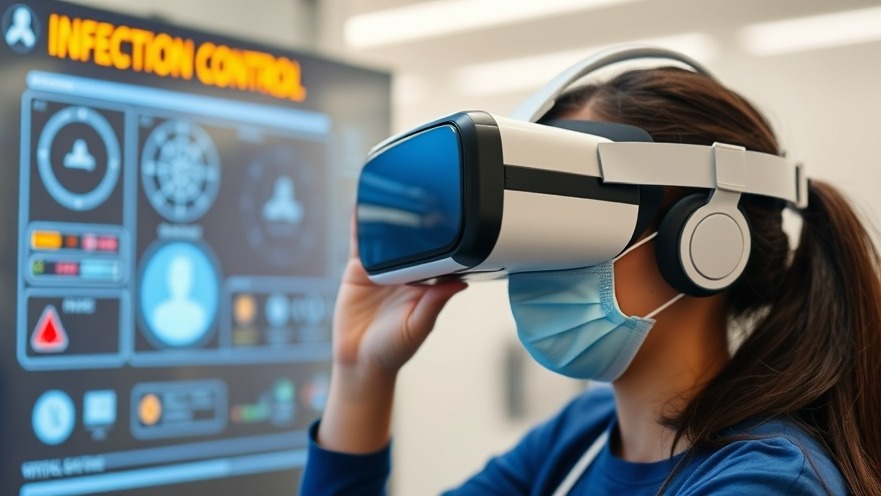
Understanding the Evolution of Neurotechnology in Canada
As we witness rapid advancements in neurotechnology, particularly in Canada, it is essential to consider how these developments are shaping both our healthcare systems and society at large. As brain health gains prominence and its implications stretch beyond traditional medical boundaries, it becomes crucial to address ethical considerations, especially regarding Indigenous rights and marginalized communities.
How Neurotechnology is Transforming Patient Care
Neurotechnology is no longer just for treating nervous system disorders; it has evolved to include innovative applications that enhance mental health and well-being. Technologies like deep brain stimulation (DBS) or wearable devices target various mental health issues ranging from chronic depression to PTSD. Moreover, the integration of artificial intelligence into these technologies is creating new avenues for personalized treatment options, demonstrating the fine line between medical and personal applications.
The Ethical Imperative: Why Indigenous Rights Matter
The forthcoming recommendations from UNESCO underscore a critical philosophical shift in how we approach neurotechnology. By valuing Indigenous rights and perspectives, these regulations aim to ensure that advancements in neurotechnology consider the cultural and social contexts of all Canadians. This inclusion is vital for preventing further alienation of Indigenous peoples and ensuring that technological progress is equitable and just.
A Look Ahead: What the Future Holds for Neurotechnology Regulation
The anticipated negotiations surrounding the UNESCO ethics recommendations for neurotechnology signal a proactive approach to regulating this burgeoning field. If Canada commits to these recommendations, it will set a precedent for how neurotechnology intersects with human rights, potentially impacting everything from federal funding allocations to healthcare priorities.
Impacts on Healthcare Policy and Patient Care
Adopting these new regulations is not just a matter of compliance; it's about shaping the future of healthcare in Canada. Institutions like Health Canada and the Canadian Institutes of Health Research will need to align their resource priorities with the ethical frameworks established through these recommendations. This alignment could lead to enhanced patient care methodologies and could drive the integration of neurotechnology into mainstream healthcare practices across the nation.
How Healthcare Practitioners Can Prepare for Change
As concierge health practitioners, staying updated on advancements in technology is key to effectively serving your patients. The evolution of neurotechnology presents an opportunity to offer improved treatments and therapies. Begin by educating yourself on these new technologies and actively engage in discussions on ethical implications to stay ahead—for the benefit of your patients and your practice.
Conclusion: Take Action for a Healthier Future
The landscape of neurotechnology in Canada is changing, with significant implications for how we understand brain health and holistic patient care. It's essential for healthcare practitioners to not only adapt to these changes but to engage in conversations surrounding ethical practices to foster an equitable healthcare environment that respects Indigenous rights. By doing so, you will be positioned as a leader in your field, ensuring that your practice thrives within the paradigm of future healthcare advancements.
 Add Row
Add Row  Add
Add 














Write A Comment